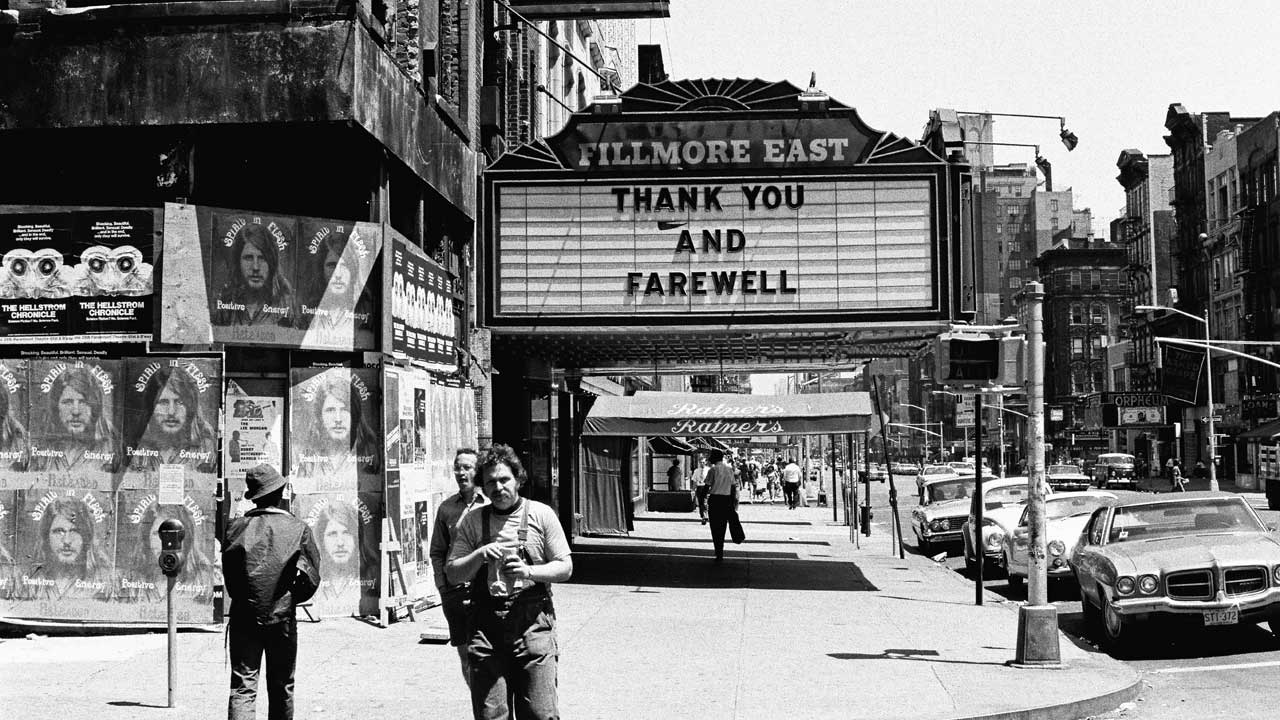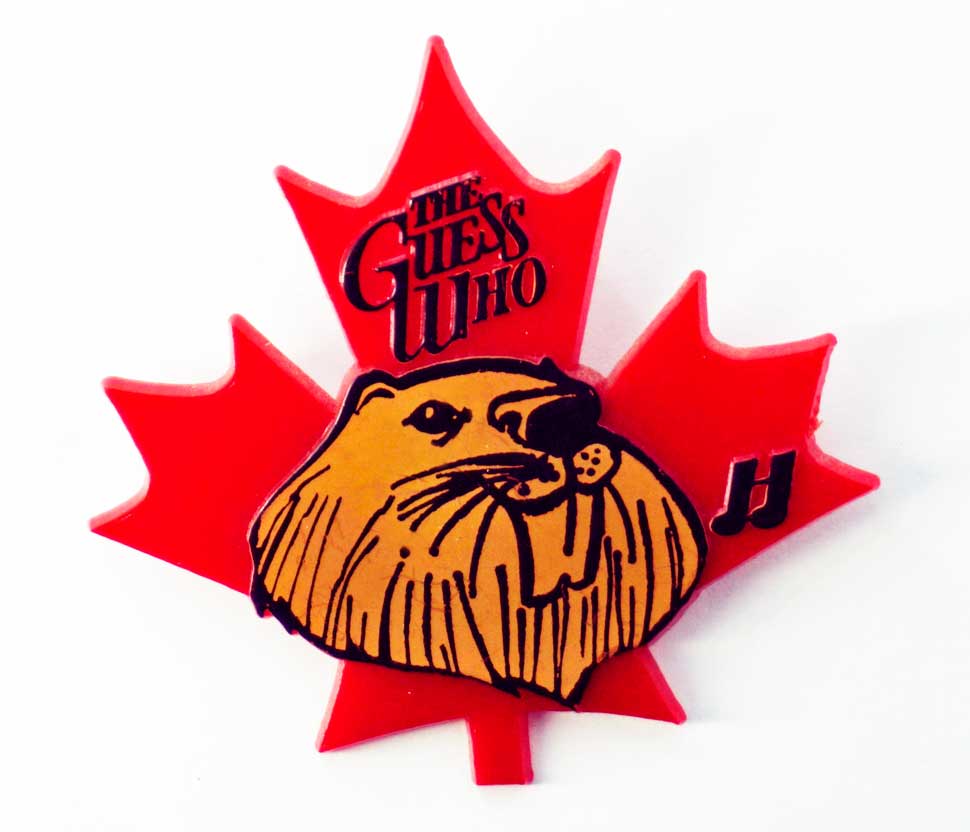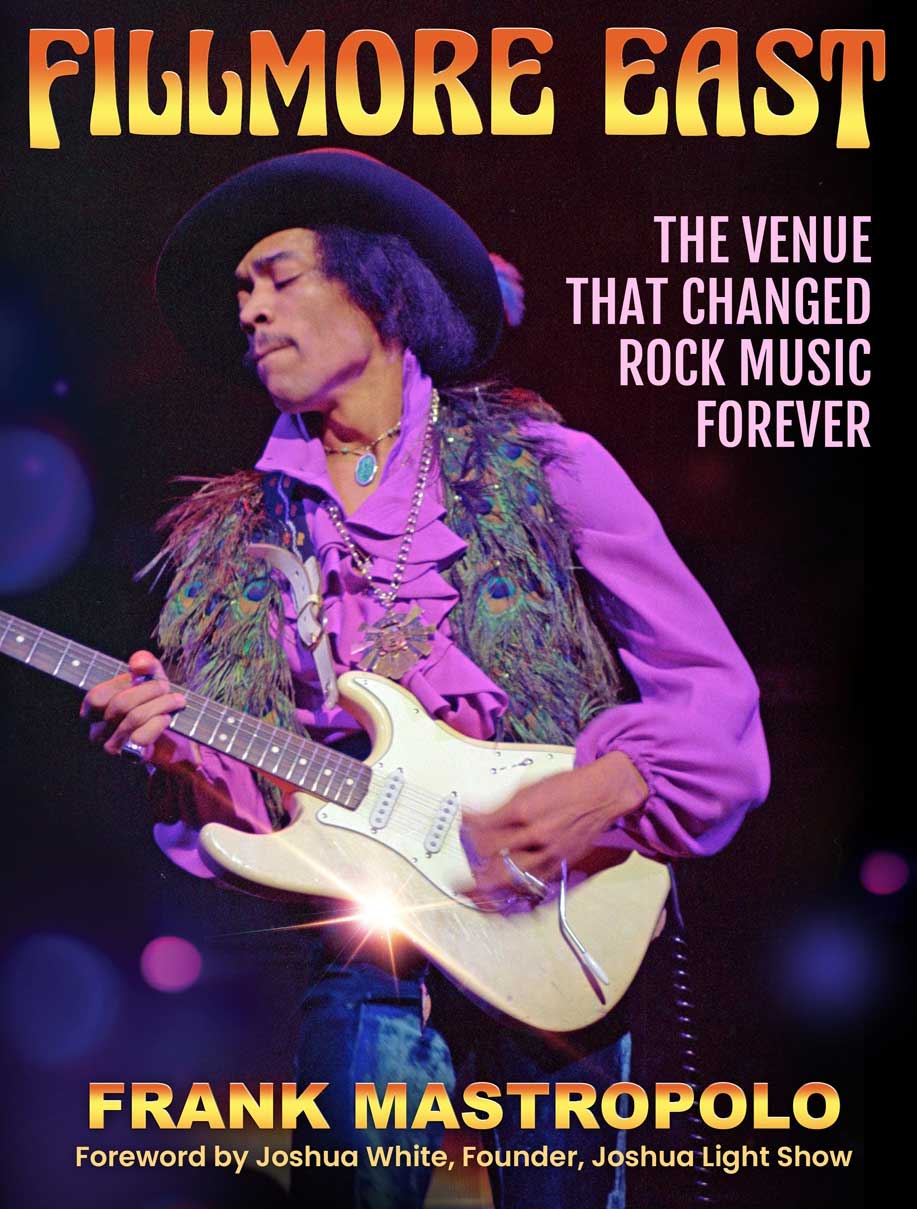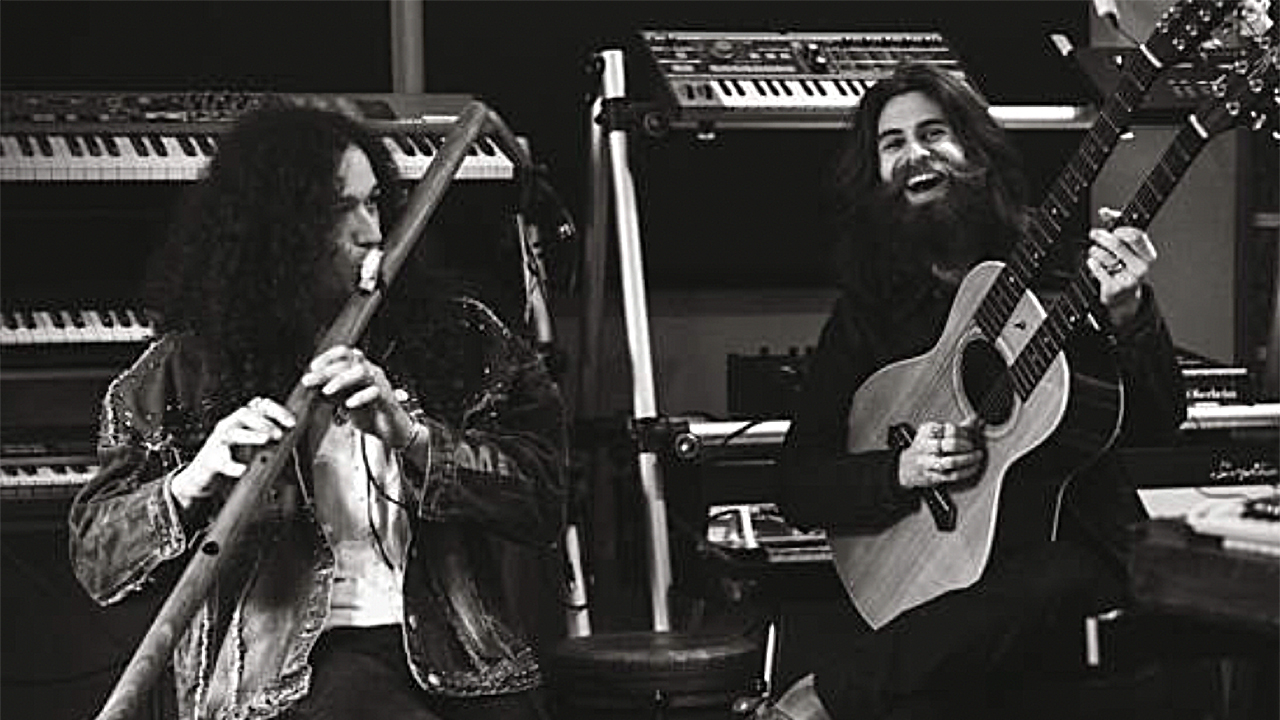My final night at the Fillmore East, by Randy Bachman
Frank Mastropolo's book Fillmore East: The Venue That Changed Rock Music Forever tells the story of the iconic Church of Rock and Roll

“I was fortunate to play both Fillmores in two different bands," says Randy Bachman. "My last gig with the Guess Who was at the Fillmore East in May 1970 with the American Woman album and single topping the charts. Then a few years later, l played the reopening of Fillmore East with Bachman-Turner Overdrive. How l wish those places still existed. What a hip world it would be!”
The acoustics at Bill Graham's famous New York venue were legendary: in the little more than three years the Fillmore East was open, over 30 live albums were recorded. It was where the Allman Brothers Band made perhaps the greatest live album of all time, At Fillmore East. It was where Jimi Hendrix recorded Band Of Gypsies, and where Humble Pie laid down Performance: Rockin' The Fillmore.
From opening night on March 8, 1968, when Big Brother and the Holding Company, Albert King, and Tim Buckley played, to the closing performance on June 27, 1971 by an all-star line-up featuring The Allmans, J. Geils Band, Edgar Winter's White Trash, Mountain, The Beach Boys, Country Joe McDonald and (to bring things full circle) Albert King, the Fillmore East lived up to its nickname: The Church of Rock and Roll.
Frank Mastropolo's new book Fillmore East: The Venue That Changed Rock Music Forever features interviews with the likes of Roger McGuinn, Steve Miller, Corky Laing, Carmine Appice, Dave Mason, The Moody Blues' John Lodge, Robert Lamm of Chicago, Dave Davies, Carl Palmer and John Mayall, telling the story of the venue alongside photos and memorabilia.
In the excerpt below, Randy Bachman journeys back to the Fillmore East on May 6, 1970, and remembers his final show with The Guess Who.

It was my last gig with the Guess Who. It was very emotional for me. I knew it was my last gig. I’d had gall bladder issues for the whole month before that and I had flown home to Winnipeg to get tests and found out I needed to have a gall bladder operation.
Sign up below to get the latest from Classic Rock, plus exclusive special offers, direct to your inbox!
So I said to my doctor, I’ve got to go play this Fillmore gig. And so I called the band, said I’m coming back to play the Fillmore gig and they said, “Great, you’re out of the band, it will be your last gig.” And so I knew it was my last gig.
You’re looking at real podunk, bumpkin kids from Winnipeg playing rock and roll, going out into the world and dreaming of these iconic places, like Carnegie Hall, the Fillmore, Royal Albert Hall in London, these places where all these people played. And so suddenly to get asked to play the hippest of the hip, which is the Fillmore East and the Fillmore West, it was quite an amazing thing.
We think we’re not cool enough to play there because we have pop singles. You gotta play stretched-out, long, Electric Flag music, you know what I mean, Mike Bloomfield-kind of stuff and you have to really play your stuff.

So we had songs to go and play there. And we were determined not to play These Eyes. So we get to the Fillmore, we’re playing all of our album tracks, playing longer guitar solos, and just trying to fi t in with the musicianship because we realized the audience is very musically inclined. They’re kind of just sitting there, grooving on the music.
And we keep getting encores. At the end of the night, another encore. Finally, we go out and Burton Cummings says, “We have nothing left to play.” And they yell out, “Why don’t you play These Eyes?” And we look at each other stunned because this is our ultimate Top Forty million-selling song.
So we play it; we figured, what the heck, and then everybody puts their arms around each other. It’s like their high school dance love song. It’s like a “let’s get engaged” and “let’s go steady” song. We were quite stunned by that whole “Yeah, they like pop music as well” kind of thing.
It was quite an amazing end of a career with the Guess Who. And American Woman was the Number One album and single at the time.
Frank Mastropolo's Fillmore East: The Venue That Changed Rock Music Forever is out now.

Frank Mastropolo is a veteran journalist, photographer, and former ABC News 20/20 producer, winner of the Alfred I. DuPont-Columbia University silver baton and the Society of Professional Journalists' Sigma Delta Chi award. He is the author of Ghost Signs: Clues to Downtown New York's Past and Fillmore East: The Venue That Changed Rock Music Forever.
